Stake technical director James Key feels the intricacies of Formula 1's aerodynamics are so subtle that it makes it almost impossible to accurately replicate Red Bull's all-conquering machinery.
With its RB18, and especially its RB19 of last year, the Milton Keynes-based squad has crushingly dominated F1 since the introduction of new aerodynamic regulations at the start of 2022.
Over the course of the past two seasons, there has been a move towards Red Bull's design philosophy as it has been seen as a template towards hoped-for success.
Red Bull team principal Christian Horner has previously stated that he is fully anticipating a convergence toward the design of the RB19, that last year won 21 of 22 grands prix, and gave Max Verstappen his third consecutive drivers' title as he won 19 of those races.
The temptation for Red Bull's rivals would naturally have been to copy that car this past off-season, yet Key insists that would be a mistake.
“The thing with aerodynamics is you can see what other people have done but it’s so subtle," said Key, speaking in a select media interview, including RacingNews365.
“If we took a Red Bull front wing and went out in that car, it wouldn’t go any quicker, (in fact) it would probably go slower because the rest of the car isn’t compatible, so you can’t just copy a car.
"We saw that maybe last year when Aston Martin produced a very similar looking car to Red Bull, which wasn’t identical, but very similar, and it performed a bit better, but it wasn’t suddenly out in front.
“They did their own thing over the winter, and they made a great stride forward, so you’ve got to have control of your own destiny.
"If you try and just leave it to others to do that for you and you just take snapshots, it’s never going to work. Everything needs to become compatible.
“It’s not the geometries, it’s actually the flow physics around those geometries which counts and you can create that in more ways than one potentially, so you have to be your own boss with this.
"If it was as simple as copying a Red Bull, everyone would look like a Red Bull and we’d all be P1.”
Viewed by others:
Key has made it clear that Stake has been "aggressive" with its design of the C44, that commenced prior to his arrival on September 1 following a period away from the sport's front line after leaving McLaren earlier in the year.
One area where Stake has opted to follow Red Bull's design process is with the intregration into its car of a pull-rod suspension at the front, and push rod at the rear.
Additionally, the bodywork has also changed considerably compared to last season's C43, with Key naturally hoping the steps taken will propel Stake back toward the highly competitive midfield.
Addressing the changes on the car, Key said: “The pull rod is the first thing that’s aggressive because it’s brave to do that. I think, particularly for a team of our size, it’s not an easy project but they’ve done a fantastic job with it.
“I think it’s more the refinement you can’t see under the floor but that is several steps beyond where we were last year, and that’s another tough area where there’s huge potential if you can get the little nuances right. The team worked very hard at that.
“But the bodywork is the thing you’ll notice most. The sidepods are very three dimensional and organic, and it's continuing along that route.
“There’s this interaction between the floor and the bodywork, which doesn’t exist intuitively when you look at a car but there is a strong interaction with the way that bodywork modifies conditions for the floor and the team have been pushing these to a quite large extent, so we’ll see quite a lot of that.
"To allow that to happen, it means the packaging volumes that you’re using are tiny and that’s where the really aggressive stuff comes in. You’ve got to take some risks. Will it cool okay? Will it do this? Will it do that?
"It should do, the numbers say it will, but it’s aggressive to the point of 'you've got to make sure this car is okay when we hit the track'. Hopefully, we will be okay."
Don't miss out on any of the Formula 1 action thanks to this handy 2026 F1 calendar that can be easily loaded into your smartphone or PC.
Download the calenderMost read
In this article

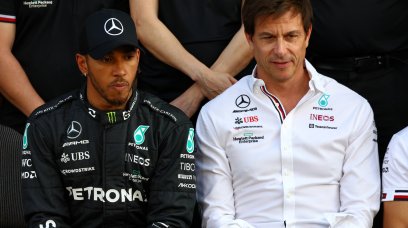
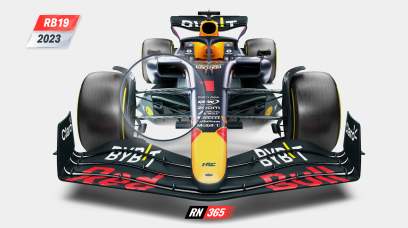
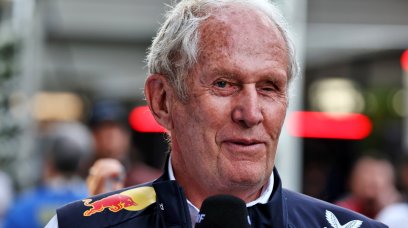
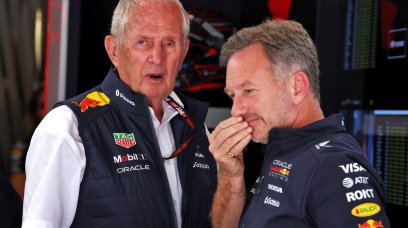

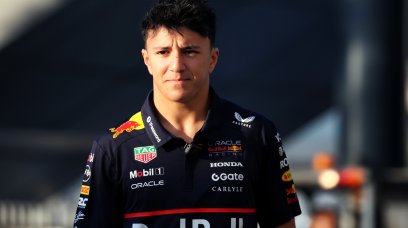

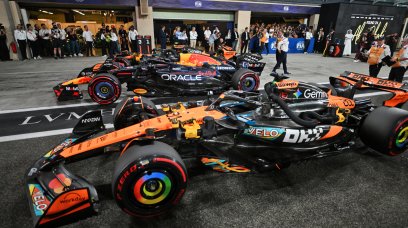

Join the conversation!